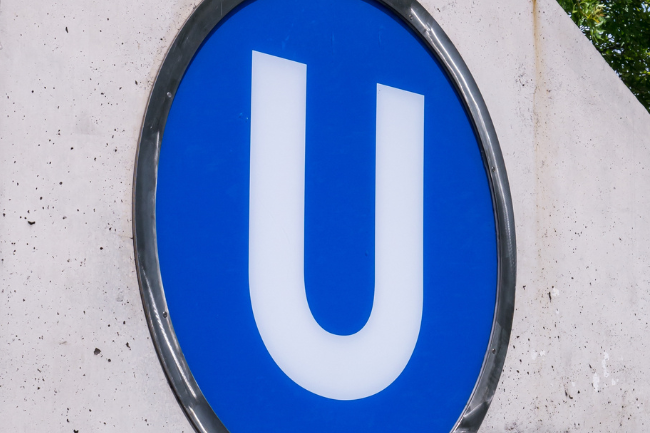The team of the Monuments Office presents for the last time on site the latest archaeological finds and findings of the Nida excavation
The excavation in numbers
ffm. The current excavation campaign in Nida started in September 2021. The total excavated area as of July 31 is 9000 square meters, of which 3500 square meters have been excavated in the current campaign since 2021.
During the old excavation before 2021, 631 archaeological features were excavated. In the current campaign, 1006 more archaeological features were added - that means 1637 pits, ditches, wall excavation trenches and posts.
The area is a stroke of luck for archaeology in this respect: due to the previous predominantly basement-less development, the area was largely undisturbed, except for stone theft and robbery excavations.
Romans in Frankfurt
Here in Heddernheim and extending into adjoining Praunheim is the main Roman site of the Civitas Taunensium. Its Roman name Nida is secured by inscriptions and refers to the Nidda River.
The numerous Roman findings were not all simultaneously by the Romans in use, but can be divided into three phases of settlement:
- Occupation Phase: When the Romans opened up Hesse as a military base and Roman province, they stopped in the 1st. Century after Christ also in Frankfurt stop. The current excavations were able to document the northeast corner of a previously unknown Roman camp, which best depicts this early Roman phase.
- Phase of occupation: the occupation is complete, the Roman legionnaires have settled in Heddernheim in a well-developed stone fort. In the area of the current excavation site In der Römerstadt 126 was the associated camp village, where the families of the soldiers and craftsmen were settled. This shows excellent the three pottery kilns located under the shelter.
- City phase: At the beginning of the 2nd century Roman rule in the province of Germania Superior (Upper Germania) consolidates and the civilian city of Nida arises, it exists until the last quarter of the 3rd century AD. Nida is an important administrative center. Here you can enjoy all the benefits of Roman life: In the current excavation area testify to the remains of a Roman western thermal baths, the well-developed road network and two newly discovered large Roman buildings.
Presented on July 28: Luxuriously warm feet
Also in the province enjoyed Roman luxury. In the 500-square-meter large building, an ancient underfloor heating system was found in a room measuring just over 14 square meters. It works through a cavity located under the floor, which is heated by hot air. The floor rests on supports called hypocaust bricks, of which two imprints in the screed testify.
Archeology as a School Project
. The excavation of the pit in the back area was the 2023 archaeology project of the students of the industrial-technical schools of the city of Offenbach am Main, with whom a close cooperation has been maintained for years.
They created a cross cut through a Roman pit under expert guidance. The pit fills are worth their weight in gold for archaeology: the pit was filled with settlement refuse (pottery, bones, glass). The students were not the first to ever put the spade to this pit: some modern finds prove that the pit had already been excavated once in the 19th century. By looters, by amateur scientists, by archaeologists? We do not know. The only certainty is that they smoked, as evidenced by a pipe fragment.
The Roman Well
In profile, the finely layered backfill of the well can be seen. The well was probably braced with wood, which has not survived. The well dates to the phase of occupation, as indicated by the fact that the large building House 1 was built above it.
Bronze Age and Iron Age - long before the Romans in Heddernheim
A much older use of the site already in the 2nd./3rd millennium BC was revealed shortly before the end of the excavation by a Late Bronze Age-Early Iron Age occupation. A truncated cone pit, in which grain was typically stored, could be documented. A large pottery storage vessel was still lying in it. It is black, very well smoothed in the upper area and has a cylindrical neck.
Seven post pits of a building, which is also older than the Roman features, were found in the immediate vicinity. Excavation of the features is just underway.
Tons of cultural history - an outlook
A whopping 662 find boxes, or roughly ten tons of find material, were recovered during the current excavation campaign from 2021 to 2023.
Such large quantities of finds are typical for Roman excavations. Whenever the weather permitted, the finds were washed while still on the excavation, so that by the time the excavation was completed, 30 percent of all finds had already been washed. This is followed by the processing of the finds: All finds are sifted, counted and documented. Thus, precise dating and analysis of the ancient use of the area are possible.
The find processing certainly holds the one or the other surprise, in which the Monuments Office will continue to share the Frankfurt on the city's social media channels and in scientific publications.












